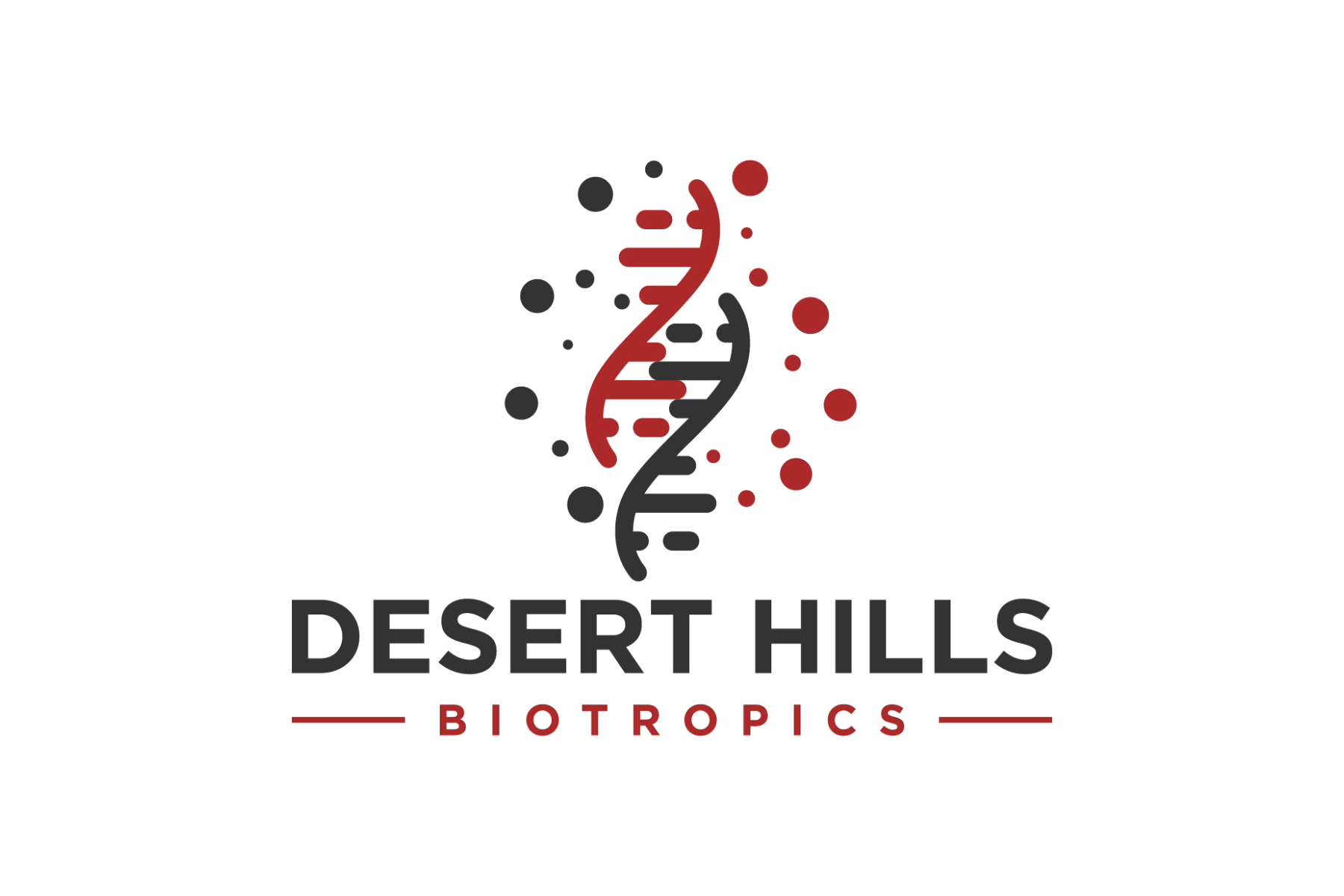When your body is injured, one of the most critical processes that enables healing is angiogenesis — the formation of new blood vessels. Without fresh microvasculature delivering oxygen, nutrients, and immune cells, tissues struggle to regenerate.
In this post, we’ll dig deep into angiogenesis: what it is, the underlying biology, real-world examples, and how peptides like BPC-157 may help modulate this process — accelerating your recovery.
What Is Angiogenesis?
-
Definition & Purpose
Angiogenesis is the growth of new blood vessels from existing vasculature. It’s distinct from vasculogenesis (the formation of vessels from progenitor cells). Angiogenesis is key during wound healing, muscle repair, and adaptation to exercise. -
Mechanisms & Signaling Pathways
The process involves endothelial cell activation, proliferation, migration, and tube formation. Central players include VEGF (vascular endothelial growth factor) and its receptors (especially VEGFR2), eNOS / nitric oxide (NO) signaling, and other modulators like FAK / paxillin, matrix metalloproteinases (MMPs), integrins, and extracellular matrix remodeling.For example, when tissues are under hypoxia (low oxygen), they secrete VEGF, which binds VEGFR2 on endothelial cells, activating pathways like Akt / PI3K / eNOS, causing endothelial cells to proliferate and migrate to form new capillaries.
-
Regulation — Balance Is Key
Too little angiogenesis slows healing. Too much can feed unwanted growth. Hence the body uses both pro-angiogenic and anti-angiogenic factors to maintain balance.
Real-World Examples of Angiogenesis in Healing & Adaptation
-
Muscle & Tendon Repair
After a tear or surgical repair, angiogenesis is vital to restore blood flow and support new tissue growth. Animal studies show increased capillary density in healing muscle and tendon models. For instance, in rat models of Achilles tendon injury, BPC-157 therapy increased angiogenesis markers during healing. jpp.krakow.pl -
Ischemic Tissue Recovery
In conditions like peripheral artery disease or ischemia, promoting angiogenesis helps restore blood flow to zones deprived of oxygen. BPC-157 has been shown in rodent models to accelerate blood flow recovery and raise vessel count in ischemic limbs. PubMed -
Gut Healing
In the gastrointestinal tract, angiogenesis supports ulcer healing and mucosal repair by restoring vascular supply to damaged mucosa. BPC-157 has shown positive effects in GI ulcer models in multiple studies. PubMed
How BPC-157 May Influence Angiogenesis
-
Upregulation of VEGFR2 / Modulation of VEGF Pathway
BPC-157 has been shown to increase VEGFR2 expression and promote its internalization, supporting endothelial activation. PubMed -
Activation of VEGFR2 → Akt → eNOS Signaling
In endothelial cell experiments, BPC-157 activated the VEGFR2-Akt-eNOS axis, leading to increased NO production and vessel formation. PubMed -
Angiomodulation in Tissue-Specific Healing
In vivo studies show BPC-157 modulates angiogenesis in injured muscle and tendon, assessed via markers like CD34, FVIII, and VEGF immunohistochemistry. PubMed -
Synergy with Collagen / ECM Remodeling
While forming new vessels, BPC-157 also helps regulate remodeling of the extracellular matrix, fibroblast migration, and collagen deposition. This supports stable vessel architecture in healing tissue.
Benefits of Enhanced Angiogenesis for Recovery
-
Faster Tissue Healing & Regeneration
More blood vessels mean more oxygen and nutrients delivered to damaged zones — speeding regeneration. -
Reduced Hypoxia and Scar Tissue
Better microcirculation helps prevent tissue regions from becoming chronically hypoxic (starved of oxygen) which can lead to fibrotic scarring. -
Improved Resilience & Adaptability
In sports or rehab, enhanced angiogenesis helps adapt to training stress, improving endurance and recovery between sessions. -
Better Gut & Mucosal Health
For GI injuries or inflammation, angiogenesis helps restore the vascular integrity of the mucosa, supporting gut barrier function.
Caveats & Considerations
-
The body’s angiogenesis system is highly nuanced; context matters (injury, hypoxia, inflammation).
- Check with a healthcare provider and consult your medical history for special considerations.
The Takeaway
Angiogenesis is a foundational process in tissue healing — the formation of new blood vessels gives damaged areas the lifeline they need to regenerate. Peptides like BPC-157 show promising evidence of modulating this process through VEGFR2, eNOS, NO, and collagen coordination pathways.
If you want to support your body’s own healing systems and enhance recovery potency, consider allowing Recover BPC-157 capsules to be a central part of your protocol.
Shop Recover BPC-157 today and help your body heal from the inside out!

